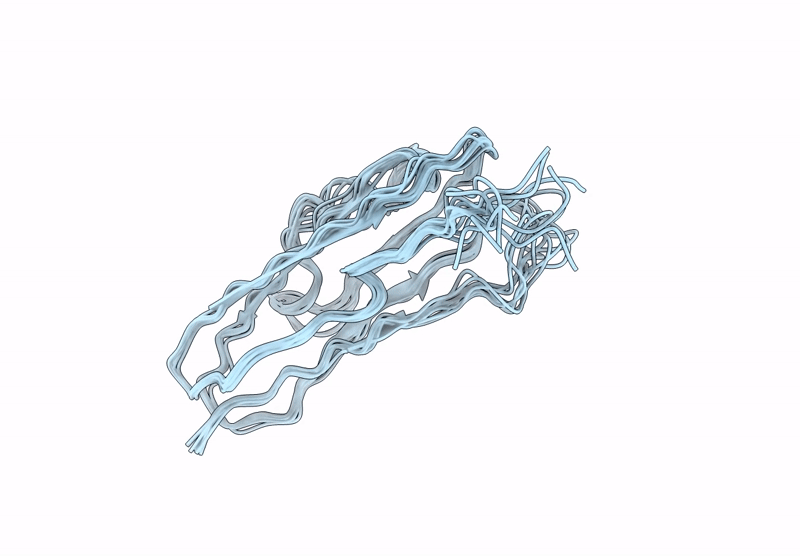
Deposition Date
2024-06-26
Release Date
2025-04-02
Last Version Date
2025-04-02
Entry Detail
PDB ID:
9FU8
Keywords:
Title:
Structure of the ASH1 domain of Drosophila melanogaster Spd-2
Biological Source:
Source Organism:
Drosophila melanogaster (Taxon ID: 7227)
Host Organism:
Method Details:
Experimental Method:
Conformers Calculated:
100
Conformers Submitted:
10
Selection Criteria:
target function


